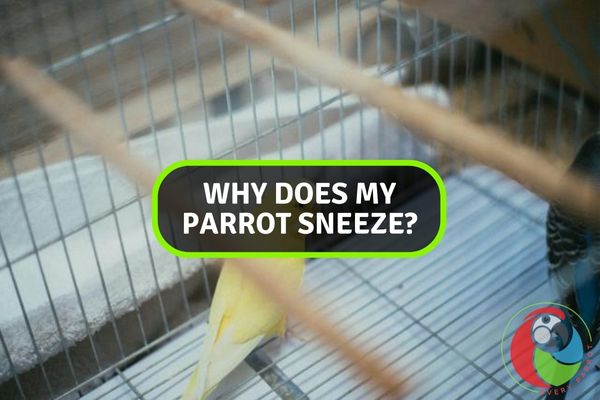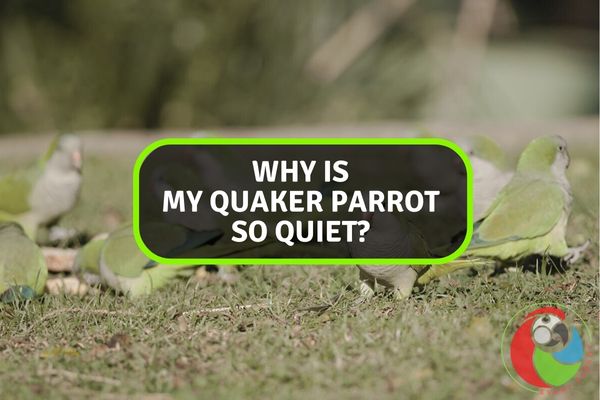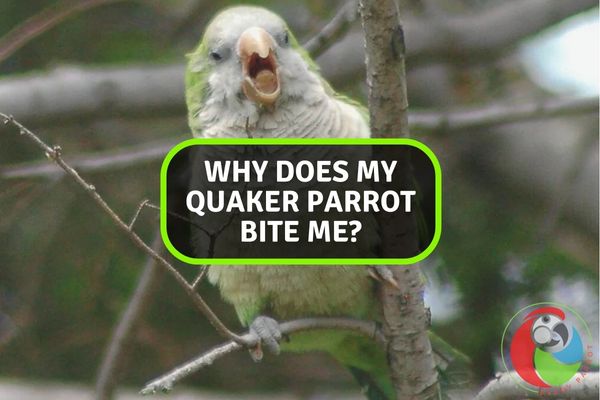Which Parrot Makes The Least Noise?
For pet owners looking to add a feathered friend to their home, one major consideration is the noise level of different parrot species. While all parrots are vocal animals, some are much quieter than others. Knowing which parrot makes the least noise can help bird lovers find the right companion that fits their lifestyle and sound sensitivity needs.
This article will provide an overview of parrot vocalizations and the factors that influence noise levels. We’ll then profile the top 5 quietest parrot species based on their characteristics, care requirements, and noise assessments.
With this guide, readers can better determine which of the quietest parrots may make the best fit for their home and family.
Understanding Parrot Vocalizations
Parrots make noise for several reasons, including communicating excitement, seeking attention, expressing territoriality, and more. The structure of a parrot’s vocal organs allows them to produce a wide variety of sounds, calls, and sometimes human speech.
Different species use vocalizations to varying degrees. Larger parrots like macaws and Amazons are known for being quite loud and vocal. Smaller birds like budgies, cockatiels, and Pionus parrots tend to be on the quieter end of the spectrum.
Factors that influence noise levels include the individual parrot’s personality, bonding with owners, training, environment enrichment, and flock size. Well-adjusted, content birds are less likely to scream or make loud calls persistently. Proper parrot care and training helps to minimize excessive vocalizing behaviors.
The Top 5 Quietest Parrot Species
After comparing noise assessments, care requirements, and temperaments of various quiet parrot species, the following 5 emerge as the top contenders for quietest pet birds:
1. Budgerigar (Budgie)
Characteristics: Budgies are very small, measuring under 8 inches. They have bright coloration of greens, blues, and yellows. Budgies are highly social and active birds.
Care Requirements: Their small size makes them ideal for apartment living. Budgies should be kept in pairs or small flocks. They need lots of toys and daily time outside their cage. A high-quality seed and pellet diet, plus vegetables, provides good nutrition.
Noise Level Assessment: Budgies have soft, high-pitched chirping sounds, but they are not loud or persistent callers. Their noise level ranks among the lowest of common pet parrot species.
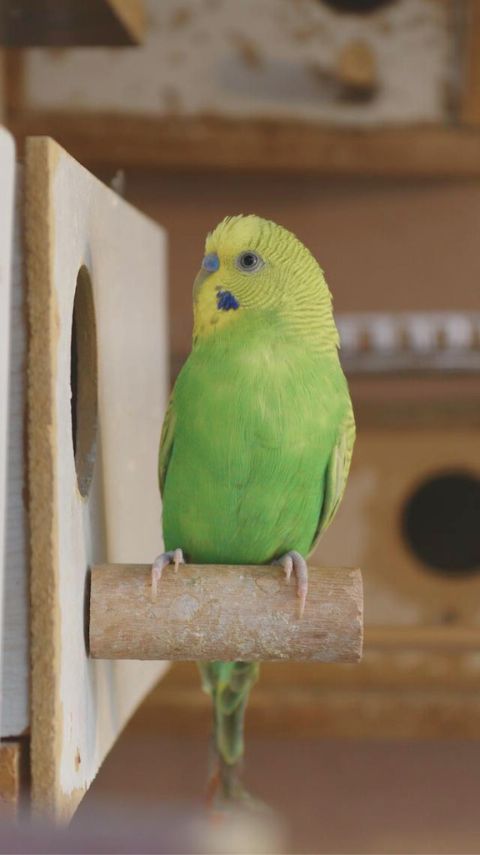
2. Pionus Parrots
Characteristics: Mid-sized parrots that measure 10-14 inches. Most popular species are White-capped, Bronze-winged, and Blue-headed Pionus. Known for their docile, laidback personalities.
Care Requirements: Require a large cage and ample daily playtime. A formulated diet and chopped vegetables and fruits are ideal. Do well in pairs or bonded to human owners.
Noise Level Assessment: Pionus parrots are renowned for being one of the quietest species. They have soft, muted voices and often entertain themselves without loud calls for attention.
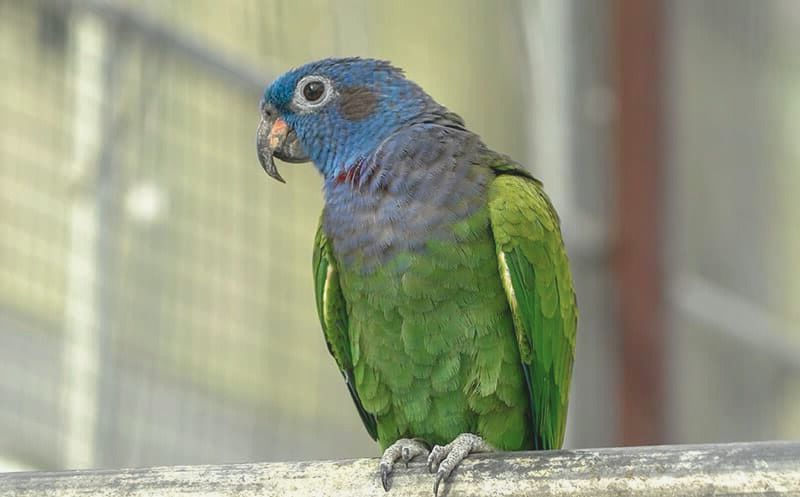
3. Bourke’s Parakeet
Characteristics: A smaller parakeet, measuring just 6-7 inches. Most are pretty pinkish-gray with blue accents. Gentle and easy-going personality.
Care Requirements: Do well in aviaries or cages. Need lots of toys and exercise. A seed and pellet diet with vegetables, plus a calcium supplement.
Noise Level Assessment: Bourke’s are known to have a very soft, quiet chirp. They make very little noise compared to most parakeets.

4. Lineolated Parakeet (Linnie)
Characteristics: A mid-sized parrot at 12-14 inches in length. Attractive green plumage with olive-speckled patterns. Intelligent and playful.
Care Requirements: Require large cages and lots of interactive toys. A nutritious parrot diet and fresh foods. Gentle handling is recommended.
Noise Level Assessment: Lineolated parakeets have a soft chattering vocalization and rank among the quieter parrots. They can learn to mimic speech.

5. Princess Parrot
Characteristics: A larger bird growing up to 16 inches. Gorgeous green and blue plumage. Typically, gentle-natured when hand-raised.
Care Requirements: Need very large cages and daily playtime. A diverse diet of pellets, sprouted seeds, vegetables and limited fruits.
Noise Level Assessment: For their larger size, princess parrots have relatively low-volume calls. Their vocalizations are described as wheezy and growling.
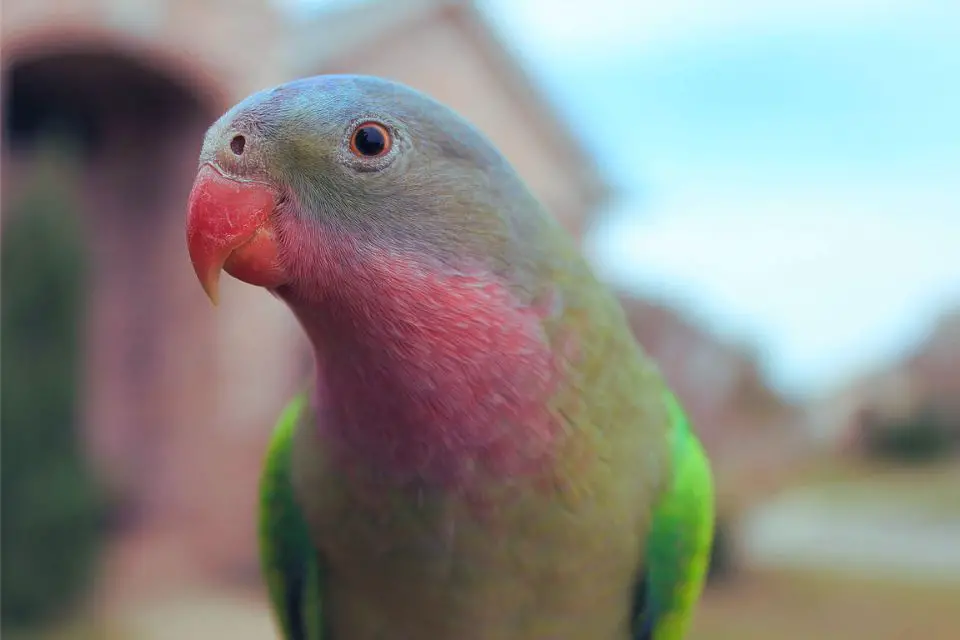
Tips for a Quiet Parrot Household
Environmental factors can influence parrot noise levels. Placing the cage in a low-traffic area away from exterior windows helps minimize outdoor distractions. Playing soothing music or nature sounds creates a calming environment. Ensuring proper day/night lighting cycles will avoid hormone-related vocalizations.
Positive reinforcement training can discourage excessive screaming. With patience and consistency, parrots can learn to use softer “indoor voices”. Establishing a routine also aids in training. Set times for interactions, meals, and covering the cage signals when it’s quiet time.
Mental stimulation is key to reducing boredom that leads to noise. Provide plenty of rotateable toys, foraging activities, and opportunities for exercise and human interaction. A parrot’s active mind will focus on play rather than screaming for attention.
Choosing the Right Parrot for You
Assess your household’s activity levels and noise tolerance to determine compatibility. Noisy families may overstimulate a sensitive bird prone to loud calls. Consider if a parrot’s typical vocalizations would disrupt your lifestyle or sleeping arrangements.
Think about your ideal parrot’s personality – would an energetic, demanding bird or a more independent, quieter companion be better suited to your family? Match these traits to corresponding well-known quieter species. For example, a laidback princess parrot may work well for a working family, while a playful linnie would thrive with active children.
Also factor in life stage. Adopting a young parrot means a long commitment, while an older rescue bird may have a more settled temperament. Review each species’ typical lifespan when making your decision.
Living arrangements affect suitability too. Apartment living generally limits very loud species like macaws. Condominiums or neighborhoods may have noise regulations as well. Smaller birds like Pionus parrots or Bourke’s parakeets are better suited to confined spaces.
Conclusion
Determining the quietest parrot species means taking into account the vocal tendencies, characteristics, and care needs of different birds. For the smallest noise levels, petite budgies and bourke’s cannot be beaten. Mid-sized pionus parrots, linnies, and princess parrots are also comparatively quieter options.
Providing proper care, training, and an enriched life helps minimize excessive parrot loudness. Considering lifestyle factors allows prospective owners to select a feathered companion whose natural vocalizations will fit into their home and routine.
With research and preparation, bird enthusiasts can find the perfect parrot match that brings joyful companionship without disruptive noise.



